So I found myself in the murky world of Population Statistics in my last post, something about which I knew almost nothing – pregnancy rates, fertility rates. Since it’s snowing again and I’m still moderately housebound, the Olympics are over, and the news is relatively boring, I found myself nosing around about population figures. I found one thing that was easy to understand – fertility rate is the average number of children per woman over her lifetime. So, a fertility rate of 2 would be theoretically the "replacement rate." If there were a fertility rate of 2.0 for the world, the population would stabilize. But there’s an assumption in that number. What if there were one super-male that impregnated all women? Would the replacement rate then approximate 1.0? Actually, no – because babies are more or less half male. So even if all but one male were celibate, it would still be around 2.0. The actual "replacement rate" appears to some to be about 1.7, to others a bit over 2.0, for reasons known to population statisticians [I’m not bored enough to chase that down]. But in any given region of the world, the actual population is influenced by immigration or its opposite. And the fertility rates around the world are widely variant:
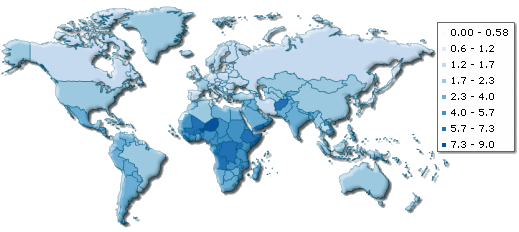
Click on the map to see the original [which allows you to see the actual numbers for each country].
In the post below, I was exploring population in China. Their one child per couple policy only applies to the Han people and people in cities. So the overall fertility rate comes out closer to 1.7. Notice on the map that the fertility rates in Canada, much of Europe, and Russia are actually below the replacement rate. In Germany, the fertility rate is 1.4. In addition, Germany has a strident immigration policy since 2005. They only allow immigration of skilled workers, highly educated. Others are "guest-workers," people allowed in to work, but not to become permanent residents or citizens [primarily Turks, Italians, and Poles]. This policy has already effected the population size [of citizens]. Of the actual total in Germany, some 12% are guest-workers:
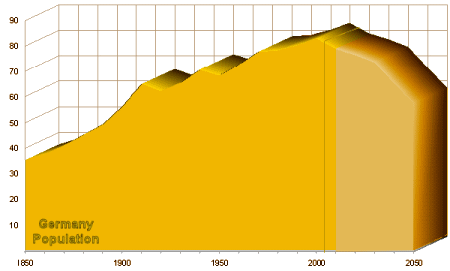
What factors effect fertility rates? Looking at the map above, it looks like temperature might be one thing. And we often think about religion:

World Catholicism

World Islam
But the really big one is poverty [and the things that go along with it]:
Then there are factors more specific to a place and time, like the post-war, post depression baby boom in the U.S.:
This random meandering through to population numbers has been somewhat comforting to me. The developed countries of the world are iterating towards zero population growth. Even heavily Catholic countries [Poland, Spain, Italy] have reasonable fertility rates in the absence of poverty. Here a few more relevant maps to round out the post:
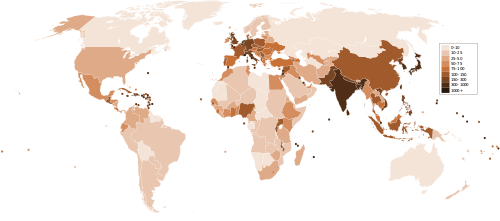
World Population Density

It looks like to me that religion is less a factor than I thought and that the big thing is poverty. The U.N. has it’s hand in the predicting business. Their best guess without intervention has our population leveling off at around 10 Billion.
I think we can beat that myself. If we don’t, I expect climate change will do it for us. But back to where I actually started. I can’t abide the Conservative/Religious Right position in the U.S. They oppose birth control and pro-choice abortion, yet rale about immigration bringing "free-loaders" into the country [I guess they’d rather we grow our own "free-loaders"]. It’s an absurd position. They’re fighting to increase the population of people that they don’t want to take care of. Go figure. I guess they don’t remember this part…


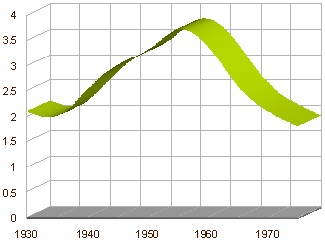
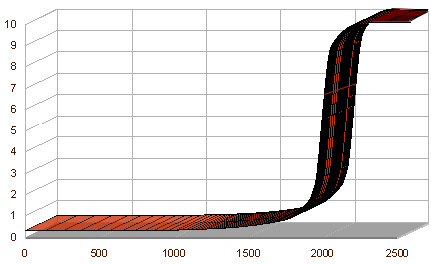
Sorry, the comment form is closed at this time.